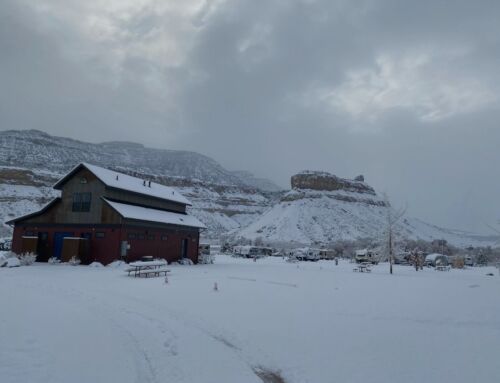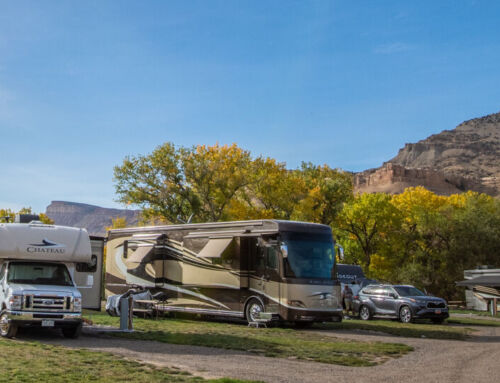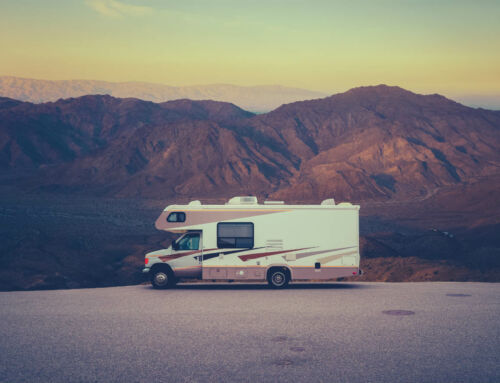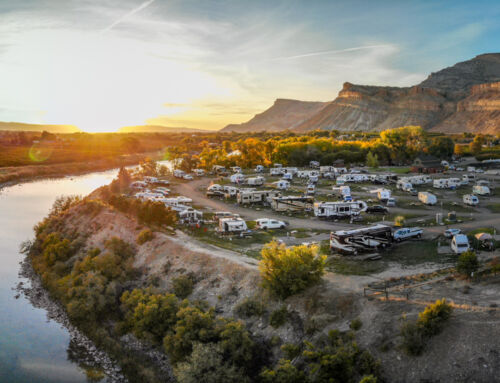Winterizing your RV is the best way to prevent damage caused from freezing weather. Palisade Basecamp wants you to keep riding and not let winter harm your RV. You can winterize your RV by emptying your tanks, pipes, going through your water head, and adding antifreeze into your RV system.
Step 1: Emptying Your RV Tanks
The most effective RV killer is water. Simple, elegant, and able to expand in a frozen state. You will want to remove as much water from your RV as humanly possible to combat any potential water damage. You will start by draining the fresh water, gray, and black tanks if you have them. If you are having trouble with specific tanks. There are specific attachments designed to help you clean your tanks.
Next, you begin to drain the water heater. Be careful when draining water heater and do not attempt to drain while it is heated or pressurized. It is key that you open the relief valve on your water heater and then you can drain your heater.
Step 2: Drain Your Pipes
If you have never done this before, make sure that all of your faucets are open. Using a water pump will also make sure that you get the least amount of water leftover. After you are done, close the faucets and move on to the next step.
If you have never done this before, make sure that all of your faucets are open. Using a water pump will also make sure that you get the least amount of water leftover. After you are done, close the faucets and move on to the next step.
Step 3: Go Around Your Water Heater
Going around the water heater will allow your antifreeze to reach your hot water lines without filing the water tank first. Using your bypass valve, and if you don’t have a bypass you can check your local RV Mechanic for prices.
Step 4: Prep That Anti-Freeze
Once you have bypassed your water heater, you will then get ready to pump in antifreeze. With the right connector hose, you will be able to connect to the hose to the RV and another hose to your antifreeze.
Tip: Make sure your antifreeze is safe for water systems.
Step 5: Begin To Freeze, Anti-Freeze
With all the prep work done, you will make sure all faucets are closed. Start the water pump to pressurize, and locate the faucet closest to your pump. Usually the kitchen or bathroom sink. You will then open the valve on the faucet until you see a stream of antifreeze. Then repeat the step with other faucets. Moving from hot to cold. You will do this with all the faucets that you have including sinks, toilet (keep flushing until you see anti-freeze), and outside faucets as well. Once you are done, you can turn off your water pump.
For more RV tips, take a look at our other blog posts.





